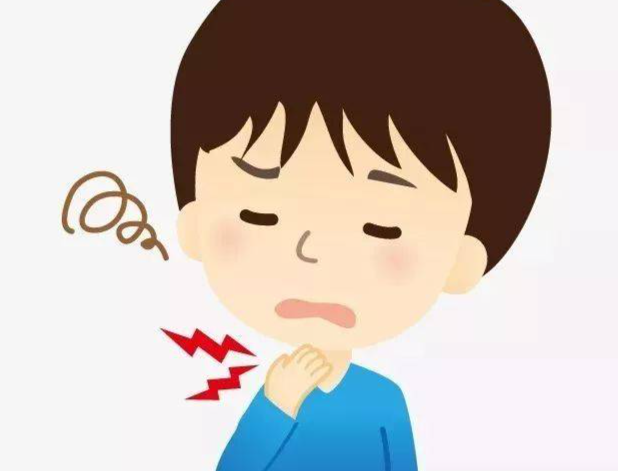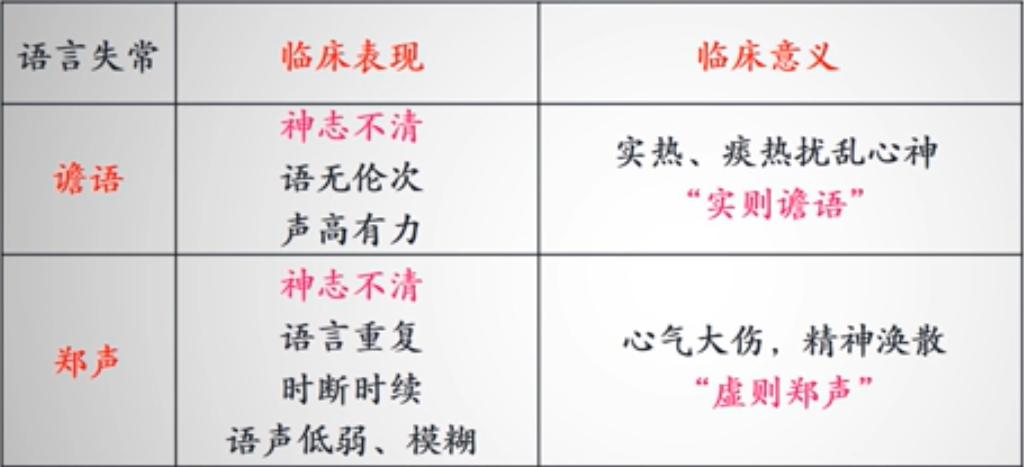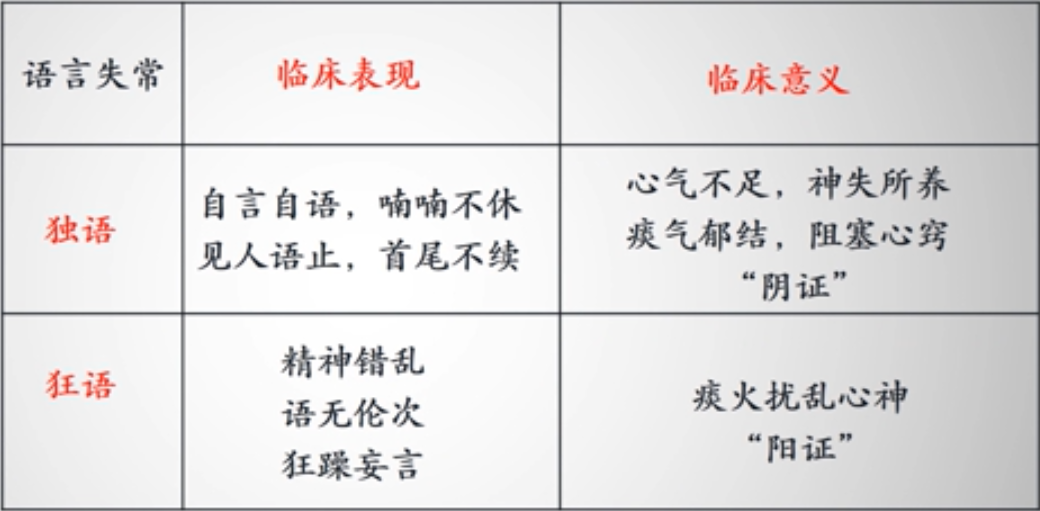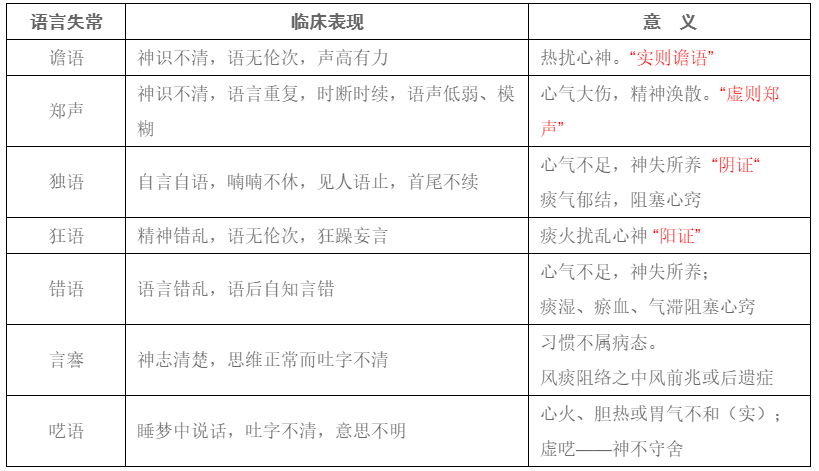Traditional Chinese Medicine Diagnosis – Auditory Examination
Auditory examination is a term in Traditional Chinese Medicine (TCM) diagnosis, one of the four diagnostic methods: observation, listening, inquiry, and palpation. TCM utilizes auditory and olfactory means to infer disease patterns by examining the sounds emitted by the patient and the various odors from bodily excretions.

Since the various sounds and odors produced by the human body arise from physiological and pathological activities of the organs, changes in sounds and odors can reflect the physiological and pathological changes of the organs. Clinically, this can help infer the state of Zheng Qi (正气) and determine the type of disease.
Auditory examination includes both listening to sounds and smelling odors:
Listening to sounds refers to examining the patient’s voice, speech, breathing, coughing, vomiting, belching, sighing, sneezing, bowel sounds, and other noises. The main focus is on the volume, pitch, and clarity of the sounds to differentiate between cold, heat, deficiency, and excess.
Smelling odors can be divided into two aspects: the body odor and the room odor. The body odor is primarily due to pathogenic factors causing the body’s organs, Qi and blood, and body fluids to produce foul Qi, which can be detected from bodily orifices and excretions. Based on this, one can discern the cold, heat, deficiency, and excess of the organs and the location of the pathogenic Qi.

In clinical practice, auditory examination, when combined with observation, inquiry, and palpation, provides a comprehensive and systematic understanding of the patient’s condition, allowing for accurate diagnosis of diseases.

Auditory Examination
[Objectives]
1. Understand the changes in coughing, wheezing, belching, sneezing, and other sounds and their general clinical significance.
2. Familiarize with the general clinical significance of variations in breathing, speech, vomiting sounds, and the odors from the mouth, sweat, phlegm, urine, and room odors.
[Meaning] Auditory examination is a method of diagnosing diseases through listening to sounds and smelling odors.
[Content] Listening to sounds, smelling odors
Let us first review the content we have learned previously:
Qi movement produces sound. Each of the five organs has Qi, and the movement of Qi in the organs maintains physiological functions and smooth Qi flow. If the Qi of the organs undergoes pathological changes, corresponding sounds will be produced. Therefore, listening to changes in sounds can diagnose changes in the vocal organs and infer changes in the organs and overall condition.
Abnormal sounds will be studied from the following five aspects, including abnormal sounds, speech, breathing, coughing, and gastrointestinal sounds, etc.
We have already studied the first aspect, abnormal sounds. The main types of abnormal sounds include: abnormal voice, hoarseness, loss of voice, snoring, moaning, exclaiming, sneezing, yawning, sighing and eight types in total.

Today we will look at the second aspect, the abnormalities in language.
Language Abnormalities
[Key Points] Assess the clarity of expression and response ability as well as the clarity of articulation.
[Significance] Reflects heart and spirit pathology.
[Patterns]
Silent and reticent, low and intermittent speech—deficiency syndrome, cold syndrome
Restless and talkative, loud and forceful speech—excess syndrome, heat syndrome
Next, we will learn about these seven types of pathological language:
Delirium, repetitive speech, soliloquy, manic speech, nonsensical speech, stuttering, and sleep talking
[Differentiation Basis]
We will first learn about this pair of pathological languages: delirium and repetitive speech.
Delirium and repetitive speech are uttered during states of confusion or coma, commonly referred to as talking nonsense.

Delirium refers to a state of confusion with incoherent speech, loud and forceful symptoms, often caused by excess heat or phlegm-heat disturbing the heart spirit.
Repetitive speech refers to a state of confusion with repetitive, intermittent, and weak speech, usually caused by severe heart Qi deficiency and scattered spirit.

Both delirium and repetitive speech occur in states of confusion. Delirium is more common in excess syndromes, while repetitive speech is more common in deficiency syndromes.
Next, we will learn about this pair of pathological languages, soliloquy and manic speech.
This pair of pathological languages is primarily uttered during mental confusion.

Soliloquy refers to talking to oneself, mumbling continuously, stopping when someone is present, and having disjointed speech. Soliloquy is mainly caused by insufficient heart Qi, loss of spirit nourishment, or phlegm Qi stagnation blocking the heart orifices.
Soliloquy is related to heart Qi deficiency and phlegm Qi stagnation, associated with deficiency syndromes and cold syndromes, thus soliloquy belongs to yin syndromes.
Manic speech refers to incoherent speech and frenzied, nonsensical utterances.
Manic speech is caused by phlegm-fire disturbing the heart spirit. Phlegm evil is originally a yin evil, but when phlegm stagnates and transforms into fire, it no longer belongs to yin evil but becomes yang heat evil.

Next, we will learn about these three types of language abnormalities: nonsensical speech, stuttering, and sleep talking.
In these three cases, the patient’s mind is clear.
Nonsensical speech refers to disordered speech, where the speaker is aware of their mistakes after speaking, which can be seen in both deficiency and excess syndromes, primarily due to insufficient heart Qi and loss of spirit nourishment (deficiency syndrome) or phlegm-dampness, blood stasis, and Qi stagnation blocking the heart orifices (excess syndrome).

Stuttering refers to clear-mindedness and normal thinking, but unclear articulation. If this is habitual, it is not considered pathological, such as in the case of stutterers. Pathological stuttering is mainly seen in patients with wind-phlegm obstructing the meridians as a precursor to stroke or post-stroke sequelae.

Sleep talking refers to talking in one’s sleep, with unclear articulation and ambiguous meaning, which can be seen in both excess and deficiency syndromes. Excess syndrome is usually due to heart fire and gallbladder heat, while deficiency sleep talking is due to insufficient heart Qi and loss of spirit presence.

In the “Biography of Bian Que and Cang Gong,” Bian Que stated, “By hearing the exterior, one can discern the interior.” As long as one hears the external manifestations, one can understand the internal conditions, thus enabling the treatment of the patient’s illness.
The above discusses the significance of language abnormalities. “Speech is the voice of the heart,” hence language abnormalities often pertain to heart pathology. Generally, those who are silent and reticent tend to have deficiency syndromes or cold syndromes; those who are restless and talkative tend to have excess syndromes or heat syndromes. Low and intermittent speech often indicates deficiency syndromes, while loud and forceful speech often indicates excess syndromes. Listening to language and recognizing disease patterns is essential!


Long press to recognize the QR code and follow Xile Liangyao
Discover the wonders of TCM together, bringing TCM closer to life
Article looks good, click here

